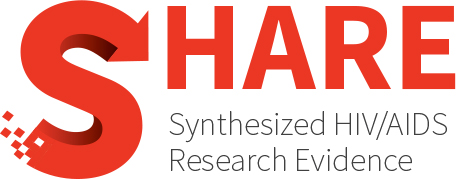Uptake and acceptability of HIV self-testing among pregnant and postpartum women and their male partners in sub-Saharan Africa: Benefits, challenges, and delivery strategies
Abstract
BACKGROUND: HIV self-testing (HIVST) offers a novel solution for increasing HIV testing among pregnant and postpartum women and their male partners, especially in low-resource settings. These groups often face barriers such as stigma, fear, and limited access to traditional HIV-testing services. METHODS: We reviewed qualitative and quantitative studies focusing on HIVST implementation in both public and private healthcare settings among pregnant and postpartum women and male partners in sub-Saharan Africa (SSA), analyzed uptake, male involvement, and barriers. Articles from Scopus, PubMed, and Google Scholar were included to examine public and private settings, distribution models, and psychosocial support. RESULTS: HIVST showed substantial success in increasing the testing rates. For example, maternal retesting during pregnancy has increased by 35% in Kenya due to the adoption of HIVST. The secondary distribution also drove male partner testing, with 90.8% of male partners accepting HIVST kits from their pregnant partners in South Africa and 75.4% participating in couple testing. Combining HIVST with clinical invitations increased both female and male testing 12-fold in other studies. Despite these successes, challenges persisted, with approximately 30% of women testing HIV-positive not returning to follow-up care. In addition, a few women reported adverse partner reactions, including intimate partner violence (IPV), after delivering HIVST kits. CONCLUSION: HIVST presents a critical opportunity to close gaps in HIV prevention between pregnant women and their male partners. Addressing barriers, such as stigma and enhancing male partner involvement, provides a pathway for more equitable testing practices. Scaling up successful community-based and secondary distribution models, alongside addressing challenges such as follow-up care and IPV concerns, is essential for reducing HIV transmission in SSA.
Authors
Adepoju VA, Udah DC, Adnani QES, Ahmed MM, Okesanya OJ
Year
2024
Topics
- Epidemiology and Determinants of Health
- Determinants of Health
- Determinants of Health
- Stigma/discrimination
- Population(s)
- General HIV- population
- Prevention, Engagement and Care Cascade
- Prevention
- Prevention
- Sexual risk behaviour
- Testing
- Testing
